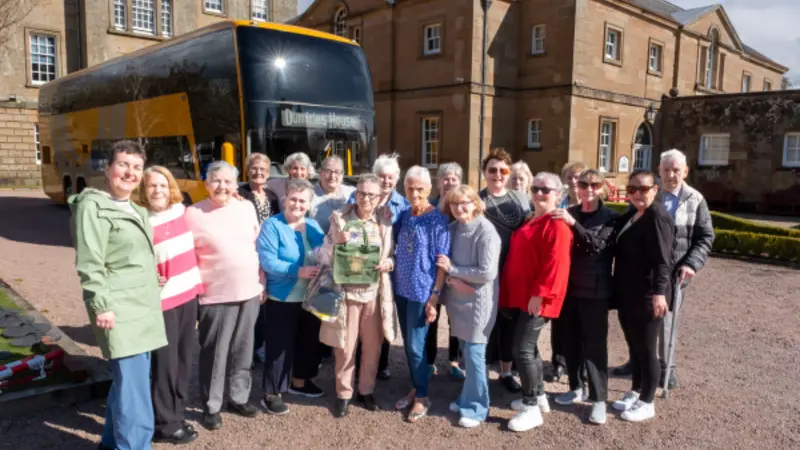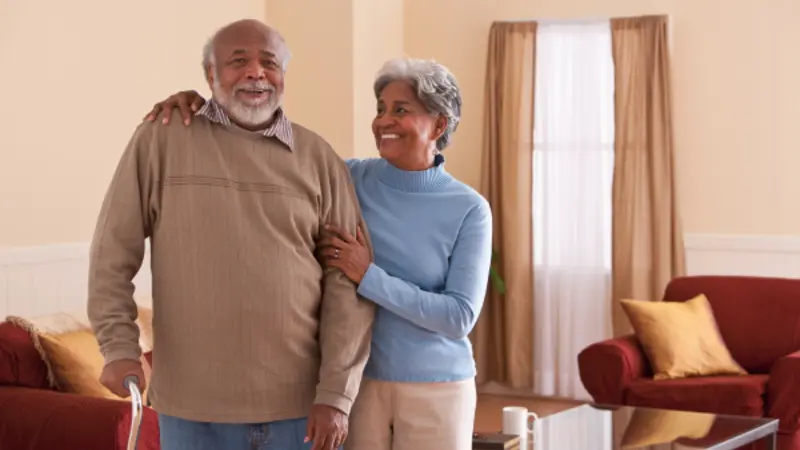Giving people with hearing loss a voice during Covid-19
As face masks and digital socialising became the “new normal”, many older people with hearing loss found themselves struggling. On World Hearing Day, we asked Fiona Lavender, of Deaf Action, what impact the pandemic has had and how we can all help.
How many people in Scotland are affected by hearing loss?
There are approximately 1 million people living in Scotland with some degree of hearing loss, and with an aging population, this number is only expected to grow. There are around 10m deaf people in the whole of the UK. Around 8.5m are hard of hearing, and 6m of those are over the age of 60.
How have deaf people been impacted by the pandemic?
Face coverings have by far had the biggest impact on our deaf community during the pandemic. Many deaf and hard of hearing people rely on lipreading, so ‘opaque’ masks (typically the blue surgical masks) have had a hugely negative impact on communication and mental health.
We’ve been told stories of clients who feel scared because they don’t know who is at the door, or what they’re saying. We’ve been told about school children who come home from school exhausted after trying to keep up with their teachers and peers.
At the beginning of the pandemic, a lot of our BSL (British Sign Language) interpreters were cancelled. Many places such as GP surgeries were not prepared to move online overnight. We had calls from BSL users asking for help as they had been offered a telephone appointment instead of a face-to-face one.
I think we have seen a shift now - the whole world has gone digital and interpreters are able to offer support online.
What can we do to improve this situation?
Deaf Action has been campaigning for the use of clear masks in medical, care and education settings for these reasons. We’ve had a great response to this campaign, and can see the impact the clear masks make! We’ve been told by a number of people that clear masks boost communication and aid lipreading.
We’ve also had a lot of enquiries about clear masks and where to get them – so much so that we created a clear masks resource section on our website. This has proven to be one of the most visited sections of our website since launch, so we know there’s a demand for them.
How have your members been staying in touch during the past year when they can’t meet in person?
Deaf people and BSL users are still able to keep in touch in much the same way as hearing people, by using technology like Zoom, Teams etc to meet now.
We have an interpreting service and we now provide all our services online. However it definitely has its challenges, particularly when there are multiple deaf people / BSL users in one meeting – there can be difficulties ‘pinning’ interpreters or seeing people’s lip patterns if the speaker has poor lighting.
How can we be more aware of people who are deaf and have hearing loss?
Some simple steps can make a difference. For example, if you're speaking to someone who lipreads, make sure that you're looking at them rather than turning away. People often sit with their back to a window on a video call, but facing a window makes it easier for a deaf person to see your lips clearly.
Deaf Action runs free awareness training sessions with tips and advice to help include people who are deaf and hard of hearing.


